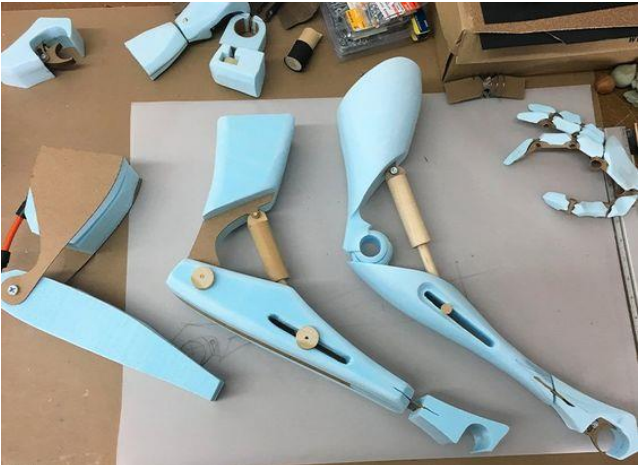
In general, the design aspects of medical equipment can be divided into three categories: mechanical, electrical and software. Some devices do not require all three aspects.
Many surgical instruments—such as scalpels, forceps, and retractors—are purely mechanical. Others include electrical and mechanical components but do not require software to operate. Examples of these include blood pressure monitors and electric bone saws. Due to the complex functions that must be performed by most modern medical devices, most of them require mechanical, electrical and software features for design.
The mechanical aspects of medical device design must consider a number of factors. One is the required power of the device, including its ability to withstand tension and torque. This affects choices such as building materials and bond types. This material must also meet the biomechanical requirements of the product, especially in devices that come into contact with patients. The expected lifespan of the device should also be considered. Disposable devices do not have the same mechanical requirements as devices that last for years of continuous use.
The design of medical equipment also includes electrical engineering. Engineering components can take many forms. Some are involved in powering mechanical movements, such as the pump in a drug delivery device. Some other sensors are designed to obtain physiological information about the patient or to monitor aspects of the device itself (such as RPM, temperature, torque). Transmission of electrical current can also be the main function of devices, such as defibrillators, electrocautery devices, and iontophoretic drug delivery devices. Devices may also need to communicate one-way or two-way with a network or other devices, wirelessly or through data ports.The electrical engineer must ensure that the electrical components of the device not only perform as required, but that they do so consistently and reliably.
Software is the third component of medical equipment design. Today’s medical compound is increasingly complex and the complex is controlled by an internal operating system. These can range from applications that manage simple device operation and data collection to complex systems that build algorithms that make critical decisions related to the operation of medical devices. be variable Software design must take into account the physical characteristics of the device itself, which can limit the size and power of the processor.
There is a long list of reasons why prototyping is wise when developing a medical device, but the main reason is to facilitate learning. Even experienced designers learn a lot by building prototypes with the help of powerful design and analysis tools. Predicting things like the best shape for a surgical handpiece or the best way to organize a form can be difficult without testing it in real or simulated use. Therefore, only by building real prototypes that can be interacted with can one truly arrive at an optimal design for a medical product.

Prototypes built in the research phase are usually about providing a tangible representation to facilitate discussions and meetings in order to raise capital. They are rarely functional, but are sometimes made with subtle finishes to look realistic. These prototypes are cheap and can be produced quickly. In the proof of concept stage, prototypes are used as a tool to prove the correctness of the product concept. They are usually used in experiments where there is doubt about feasibility.
For example, the question may arise as to whether the users can accept the surgical instrument of this weight in the intended procedure or whether the patient can understand what the diagnostic device is telling them and act correctly. Sometimes there are multiple areas that need to be tested on separate prototypes. Except for special cases of high complexity, prototypes of this stage are usually moderately priced and can be made quickly.
Alpha phase prototypes are used to determine details, check device performance and component layout.
These prototypes help examine specific requirements that are important to safety and performance and facilitate key design decisions. Because alpha testing is more specific and precise, prototypes perform better than early prototypes, are more expensive, and may take longer to build.

Beta phase prototypes are used to evaluate entire systems in design and are often used to select final components, and things like battery life, cabling, intrusion protection, etc. are subjected to preliminary tests. The number of beta prototypes varies by product type, and the tests required to verify the required functionality vary. The cost and delivery time are the same as the Alpha prototypes.
Trial production prototypes can be very important. These samples are considered functionally equivalent to production samples and are used in confirmation and validation tests. Any design changes after these trials may require revalidation, so once all beta phase results are included, the design of the medical product is generally stopped.
When medical equipment begins to be manufactured, the need for prototypes almost disappears, but they are still sometimes produced for trade shows, operator training, etc.
We have formed a company in the field of design, manufacture and production of advanced electronic equipment and tools so that we can take a step in meeting the technological needs of the country by relying on modern science and experience.
All rights reserved by fannavarane madarpardaze arta novin
